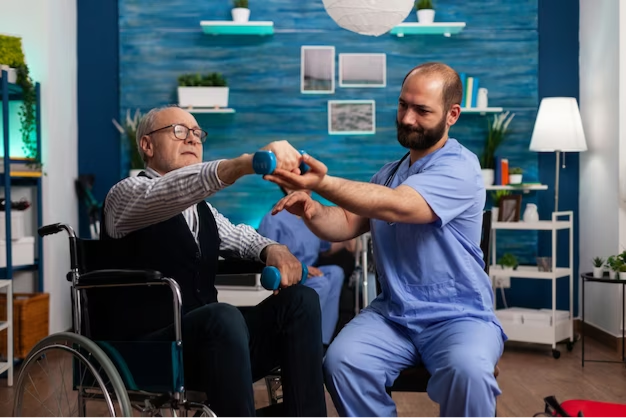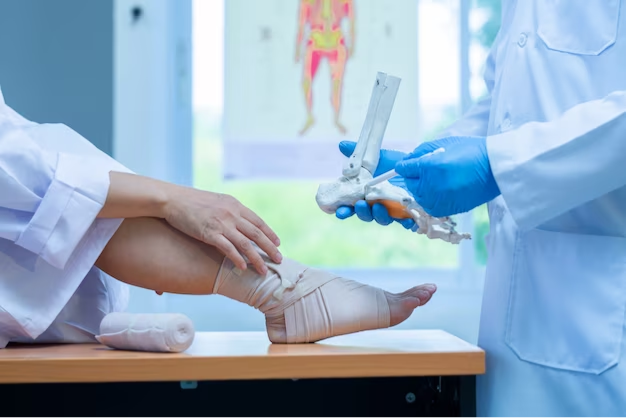
Orthopaedics, Joint Replacement and Arthroscopy
Aging Gracefully: Orthopedic Care for Seniors
December 2023
Orthopaedics, Joint Replacement and Arthroscopy

Orthopedic surgery has come a long way in recent years, and one of the most significant developments has been the rise of minimally invasive techniques. These approaches have revolutionized the field by offering patients less pain, shorter recovery times, and reduced scarring compared to traditional open surgeries. In this article, we will explore the remarkable advances in minimally invasive orthopedic surgery techniques, highlighting the benefits they bring to patients.
Understanding Minimally Invasive Surgery
Minimally invasive orthopedic surgery involves performing procedures through small incisions, often using specialized instruments and a tiny camera called an arthroscope. This approach provides surgeons with real-time, high-definition views of the surgical site, enabling precise and minimally disruptive interventions.
Advances in Minimally Invasive Techniques
Benefits of Minimally Invasive Orthopedic Surgery
The shift toward minimally invasive techniques has brought several benefits to patients:
Conditions Treated with Minimally Invasive Orthopedic Surgery
Minimally invasive orthopedic surgery can be used to treat a wide range of conditions, including:
- Rotator cuff tears
- Meniscus and ligament tears in the knee
- Spinal conditions (e.g., herniated discs)
- Carpal tunnel syndrome
- Hip labral tears
- Achilles tendon injuries
- Bunion surgery
- Fractures and joint replacements
Advances in minimally invasive orthopedic surgery techniques have ushered in a new era of patient care, offering a less invasive, more precise, and faster path to recovery. If you're facing orthopedic surgery, consider discussing these minimally invasive options with your healthcare provider. This revolutionary approach to orthopedic care is changing lives, providing patients with an opportunity to regain their mobility and quality of life with minimal disruption.

Orthopaedics, Joint Replacement and Arthroscopy
December 2023

Orthopaedics, Joint Replacement and Arthroscopy
December 2023

Orthopaedics, Joint Replacement and Arthroscopy
December 2023